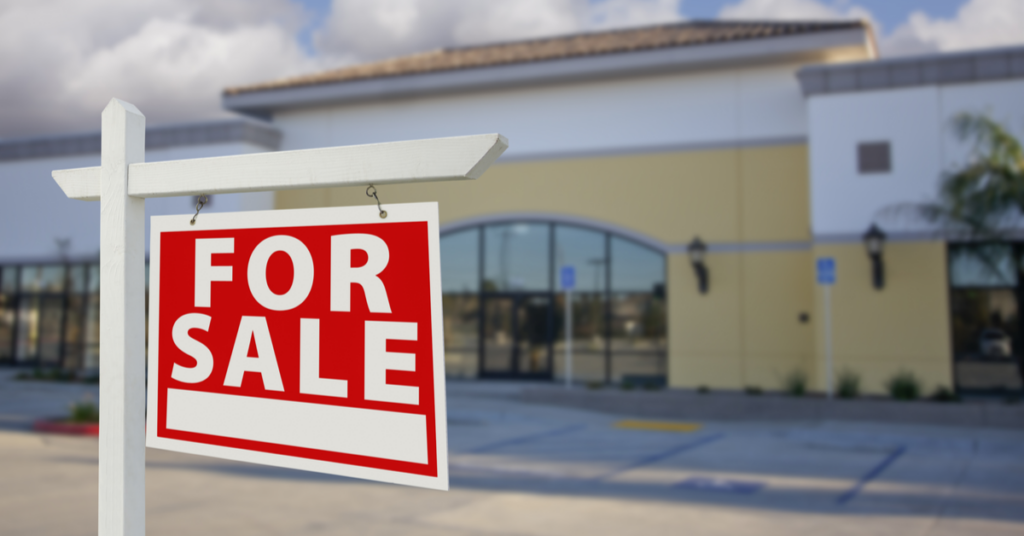Through November, commercial deal volume is 40% lower than one year ago, all but ensuring that investment activity in 2020 will be lower than 2019 barring “some sort of miracle in December,” according to Real Capital Analytics (RCA).
November saw $20.8 billion in commercial transactions, a decline of 57% year over year, per RCA’s data. November’s total brought volume through the first 11 months of the year to $313.0 billion, with nearly every commercial sector down at least 25% year over year. Only development sites escaped a double-digit decline, backtracking 5% annually.
On the whole, however, commercial property prices on the whole remain on the climb. RCA’s Commercial Property Price Index was up 5.7% year over year in November, buoyed by growth in industrial and apartment pricing.
As has been the case through the pandemic, consumer-facing segments like lodging and retail remain among the hardest hit sectors of the crisis. Restrictions throughout the year and COVID-19 transmission risks have continued to curb shopping foot traffic and retail demand, reflected by just $1.8 billion in retail deal activity in November, down 73% yearly. In 2020 through November, the segment is down 48%.
Want more news, topics and trends?
Get perspectives on the mortgage industry from thought leaders by subscribing to Scotsman Guide’s free digital editions.
Hospitality continues to fare even worse: hotels, which saw just $1.2 billion in deal volume in November, are down 72% year over year, registering only $9.8 billion in transactions in all of 2020 to date. The hotel sector also leads all commercial property types in distress, with $22.7 billion in outstanding distress at the end of the third quarter — a whopping 48% of all outstanding distressed asset situations in 2020.
And while distressed sales haven’t risen enough to have a big impact on commercial property prices just yet, distressed assets loom over the market, “threatening to overwhelm investment activity and shock asset pricing in the coming year,” according to RCA.
While outstanding distress amounted to $47.0 billion through the third quarter of 2020, outstanding potential distress — comprising assets where delinquency, forbearance, slow lease-up and other factors signal possible default in the future —totaled another $82.3 billion. Notably, while the multifamily sector, which accounted for just 4% of distress through Q3, has thus far avoided distressed debt situations, it has seen a troubling rise in forbearance, leading to apartments making up 26% of all potentially troubled loans.
Hotels, too, lead the way there, making up 29% of outstanding potential distress. Retail isn’t far behind as well, representing 25% of loans with potential distress indicators.







